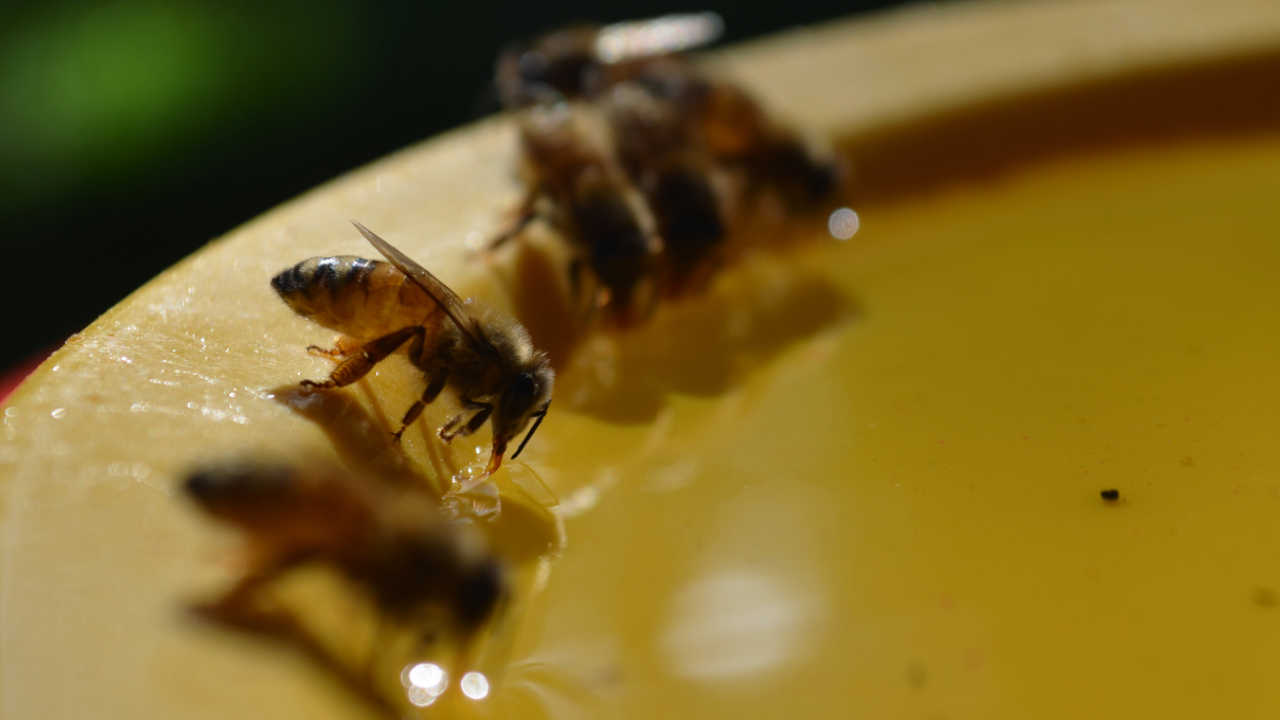Dance Dialects
In a project spearheaded by Patrick Kohl from the University of Würzburg, we looked at whether honey bee populations show dance dialects (differences in the slope between the waggle dance duration and distance of the food source indicated).
We found that the species show differences in the slope which are inversely correlated with their foraging range (with A. cerana having the steepest slope and the shortest foraging range, and A. dorsata the shallowest slope and the largest foraging range in Bangalore).
Thus, dance dialects represent an adaptive evolution to the environmental food availability in honey bees.
The manuscript detailing these findings is published in the journal Proceedings of the Royal Society B.
Collaborators: Patrick Kohl, Neethu Thulasi, Benjamin Rutschmann, Dr. Ingolf-Steffan Dewenter and Dr. Axel Brockmann
Dance Follower Behaviour
Signals produced by the foragers in the waggle dance vary amongst the extant honey bee species (A. florea produces a visual but not an acoustic signal, A. cerana does the reverse while A. dorsata produces both).
However, nothing is known about how the receivers of these signals, the dance followers, respond to these differences.
We found that the dance follower behaviour is conserved across all three species throughout the waggle dance and is similar to follower behaviour in A. mellifera.
This indicates that the mechanism by which spatial information is transmitted in the waggle dance is likely to be conserved across the genus Apis.
The manuscript detailing these findings is published in the journal Animal Behaviour.
Collaborators: Smruti Pimplikar, Neethu Thulasi and Dr. Axel Brockmann
Optic Flow and Waggle Dance
The effect of optic flow on the waggle dance behaviour has been previously explored in A. mellifera, using foragers trained in an artificial tunnel.
My collaborators and I looked at the effect of natural variation in the optic flow of foraging environments on the waggle dance activity of A. florea and A. cerana.
We found that, similar to A. mellifera, higher optic flow conditions led to a more rapid increase in the waggle phase duration with distance, but only in A. florea and not A. cerana.
The manuscript detailing these findings is published in the Journal of Experimental Biology.
Collaborators: Neethu Thulasi, Patrick Kohl, Sachin Suresh, Benjamin Rutschmann and Dr. Axel Brockmann


